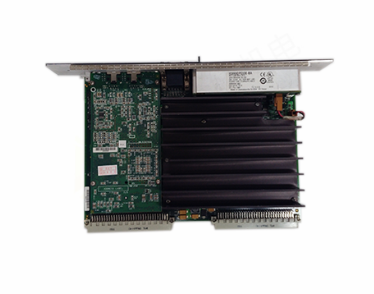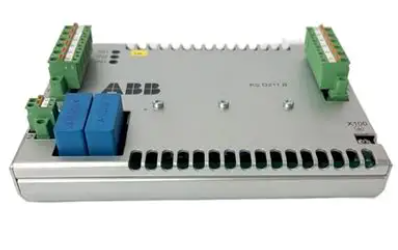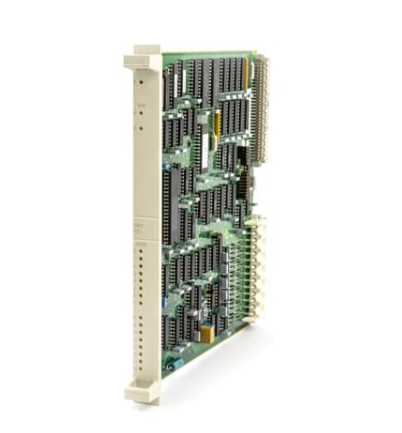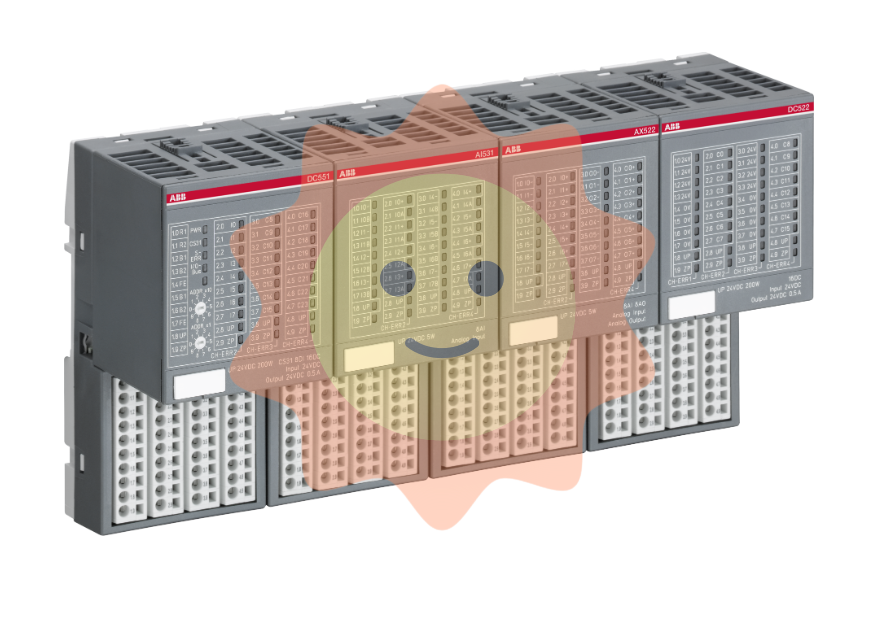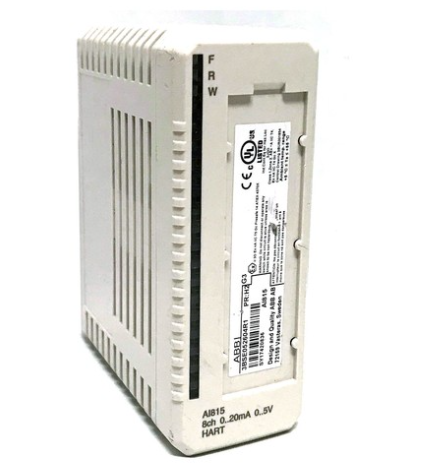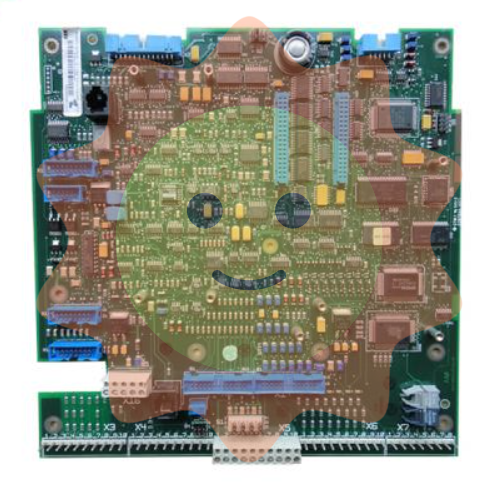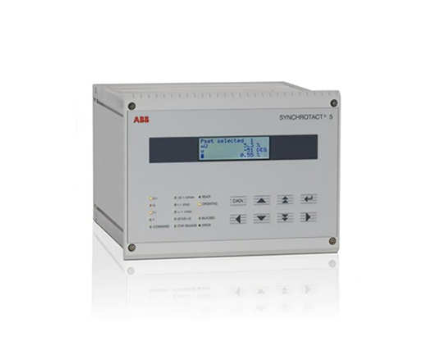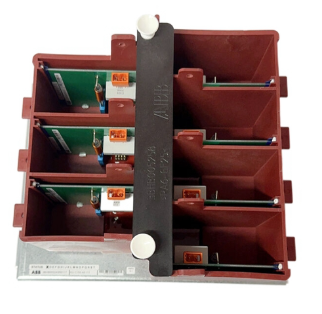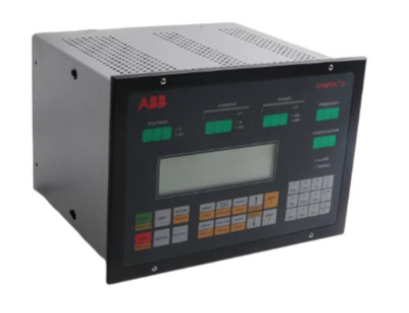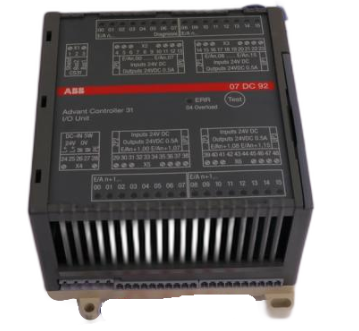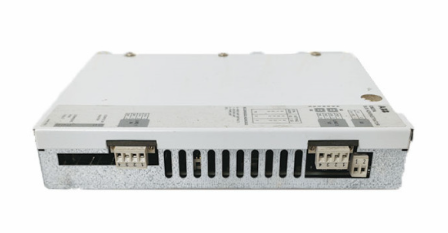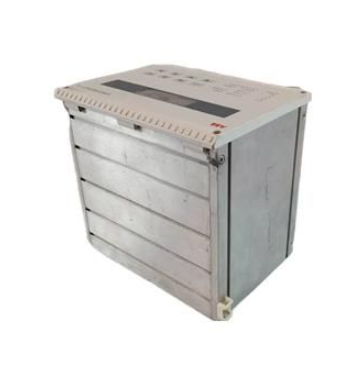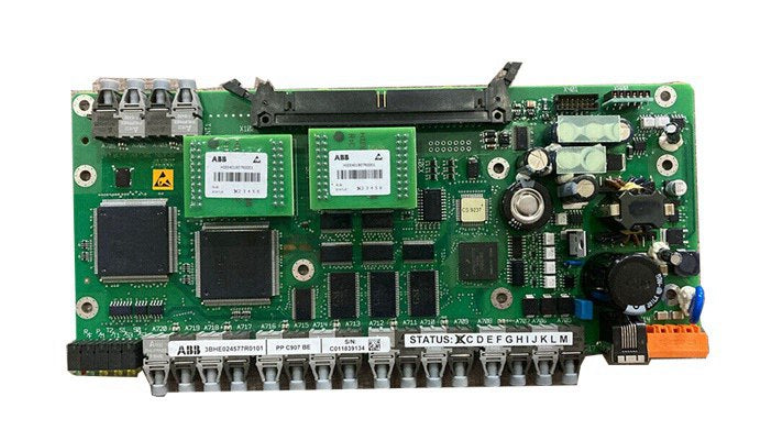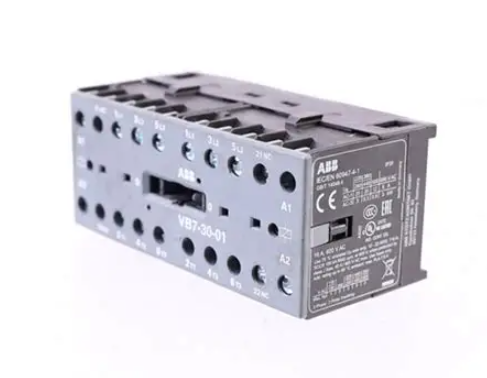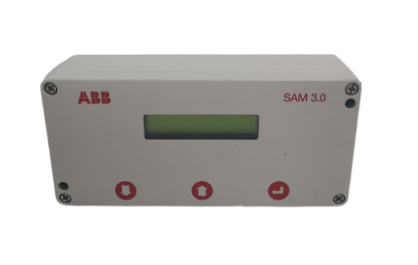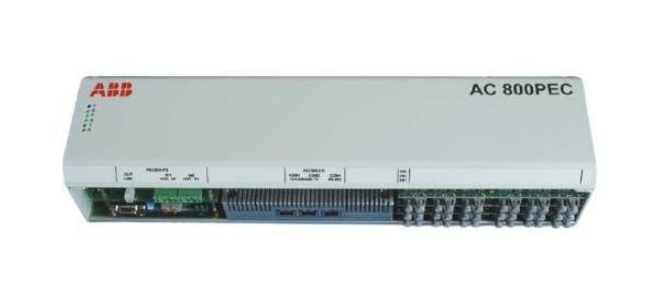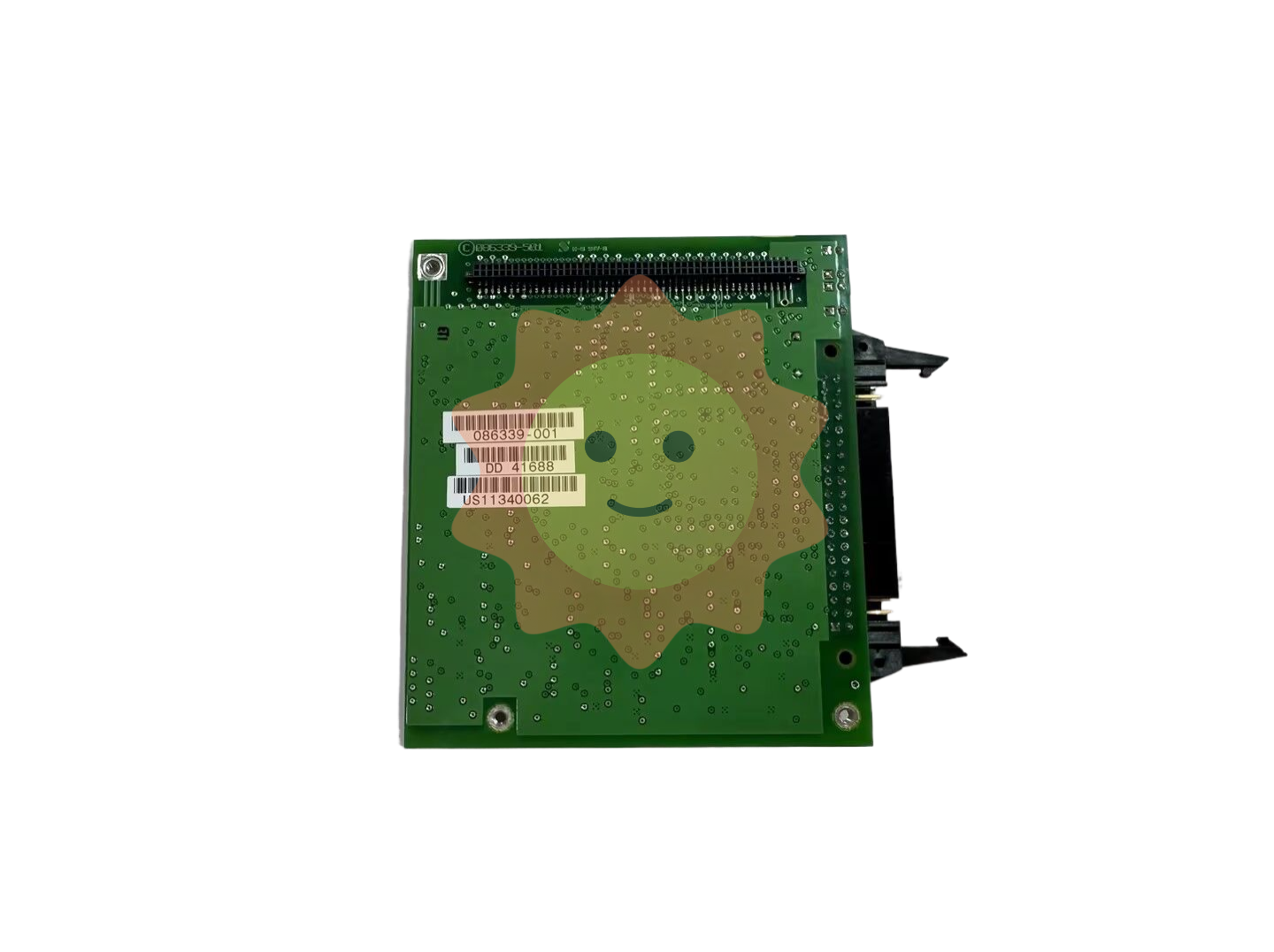Xycom 81987-001/81987-001-D Universal I/O Board
Xycom 81987-001/81987-001-D Universal I/O Board
Product Overview
Xycom 81987 - 001/81987 - 001 - D Universal I/O Board It is a widely used general-purpose input/output board in the field of industrial automation, manufactured by the well-known Xycom company in the industry. This board is designed to provide flexible and reliable I/O interface solutions for various industrial control systems, which can adapt to various industrial equipment and system architectures, and help achieve efficient data exchange and device control. It plays a key role in industrial production process monitoring, equipment automation control, and other scenarios.

Specification parameters
Interface type and quantity
Digital Input (DI): Equipped with 16 digital input channels, it can be connected to proximity switches, buttons, relay contacts, and other devices to collect switch status, position signals, etc. of the equipment. These channels support multiple level standards, such as 24V DC, 48V DC, etc., to meet the signal requirements of different industrial sites and accurately introduce external digital signals into the board for processing.
Digital Output (DO): Equipped with 16 digital output channels, it can drive actuators such as relays, indicator lights, solenoid valves, etc., to achieve functions such as start stop control and status indication of industrial equipment. The output channel has strong driving capability and can withstand a certain load current to ensure stable operation of the actuator.
Analog Input (AI): It has 8 analog input channels and supports the acquisition of 0-10V voltage signals and 4-20mA current signals. Can connect analog output sensors such as pressure sensors, temperature sensors, flow sensors, etc., for real-time monitoring of various analog parameters in industrial production processes. The input channel has a high resolution, such as 12 or 16 bits, which can accurately collect changes in analog signals and provide accurate data feedback for the system.
Analog Output (AO): Provides 4 channels of analog output, capable of outputting 0-10V voltage signals or 4-20mA current signals, used to control devices such as regulating valves and frequency converters that require analog control signals. By outputting accurate analog signals, continuous adjustment of equipment operating parameters is achieved to ensure the stability and accuracy of industrial production processes.
Communication interface: The board integrates RS-232 and RS-485 serial communication interfaces, supporting multiple communication protocols such as Modbus RTU, making it convenient for data communication and interaction with other devices. The RS-232 interface is suitable for short distance, low-speed data transmission and is commonly used to connect debugging equipment, printers, etc; The RS-485 interface, with its strong anti-interference ability and long transmission distance, can build a distributed communication network for industrial sites and achieve network communication with multiple devices. In addition, some models may also be equipped with Ethernet interfaces that support TCP/IP protocol, enabling high-speed and long-distance data transmission, facilitating communication with upper computers or remote servers, and achieving remote monitoring and management.
Electrical performance
Working voltage: DC power supply is usually used, with a working voltage range of+24V DC ± 10%. It has good power supply adaptability and can operate stably under voltage fluctuations within a certain range. The board is equipped with a comprehensive power regulator circuit inside, which can effectively suppress power noise and interference, ensuring the normal operation of each circuit module.
Isolation feature: In order to improve the anti-interference ability of the board in complex industrial environments, electrical isolation technology is used for digital input/output channels, analog input/output channels, and communication interfaces. The isolation voltage of digital channels can generally reach 2500Vrms, the isolation voltage of analog channels can reach 1500Vrms, and the isolation voltage of communication interfaces can also meet corresponding industrial standards. Through isolation technology, external interference signals can be effectively prevented from entering the board, avoiding signal crosstalk between different circuits and improving the reliability and stability of the system.
Signal transmission rate: In terms of data transmission rate of communication interfaces, the highest transmission rate of the RS-232 interface can reach 115200bps, and the transmission rate of the RS-485 interface can be flexibly set between 9600bps and 1Mbps according to actual needs. The transmission rate of Ethernet interfaces depends on the interface specifications, commonly including 10Mbps and 100Mbps adaptive rates, which can meet the requirements of different application scenarios for data transmission speed. For analog input and output channels, their signal conversion rate is also fast, which can quickly respond to changes in external signals and achieve real-time control of industrial equipment.
- EMERSON
- Honeywell
- CTI
- Rolls-Royce
- General Electric
- Woodward
- Yaskawa
- xYCOM
- Motorola
- Siemens
- Rockwell
- ABB
- B&R
- HIMA
- Construction site
- electricity
- Automobile market
- PLC
- DCS
- Motor drivers
- VSD
- Implications
- cement
- CO2
- CEM
- methane
- Artificial intelligence
- Titanic
- Solar energy
- Hydrogen fuel cell
- Hydrogen and fuel cells
- Hydrogen and oxygen fuel cells
- tyre
- Chemical fiber
- dynamo
- corpuscle
- Pulp and paper
- printing
- fossil
- FANUC
- Food and beverage
- Life science
- Sewage treatment
- Personal care
- electricity
- boats
- infrastructure
- Automobile industry
- metallurgy
- Nuclear power generation
- Geothermal power generation
- Water and wastewater
- Infrastructure construction
- Mine hazard
- steel
- papermaking
- Natural gas industry
- Infrastructure construction
- Power and energy
- Rubber and plastic
- Renewable energy
- pharmacy
- mining
- Plastic industry
- Schneider
- Kongsberg
- NI
- Wind energy
- International petroleum
- International new energy network
- gas
- WATLOW
- ProSoft
- SEW
- wind
- ADVANCED
- Reliance
- YOKOGAWA
- TRICONEX
- FOXBORO
- METSO
- MAN
- Advantest
- ADVANCED
- ALSTOM
- Control Wave
- AB
- AMAT
- STUDER
- KONGSBERG
- MOTOROLA
- DANAHER MOTION
- Bently
- Galil
- EATON
- MOLEX
- Triconex
- DEIF
- B&W
- ZYGO
- Aerotech
- DANFOSS
- KOLLMORGEN
- Beijer
- Endress+Hauser
- MOOG
- KB
- Moxa
- Rexroth


Email:wang@kongjiangauto.com



